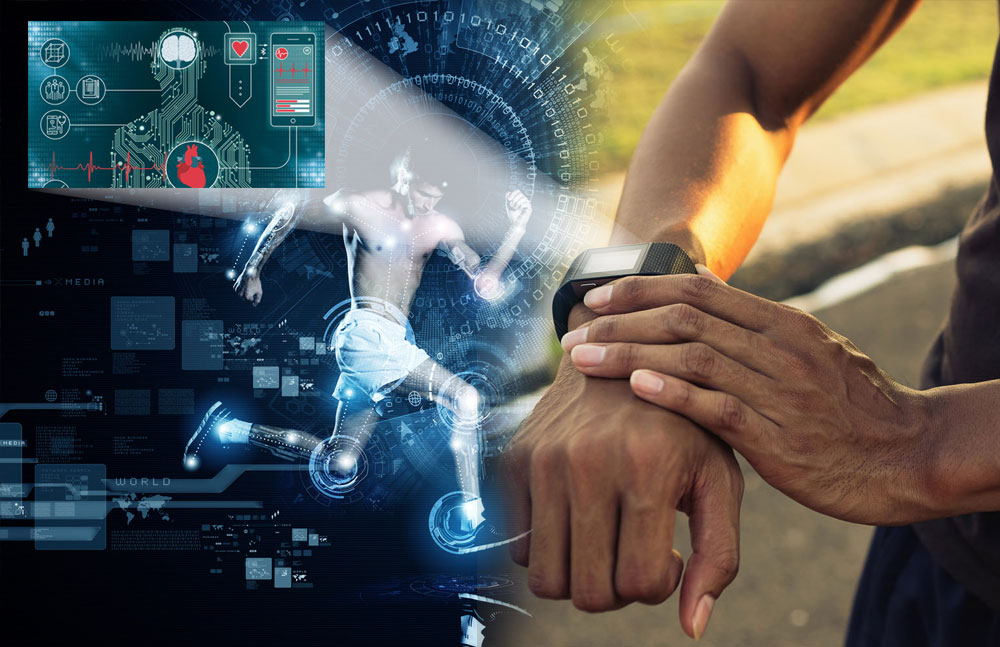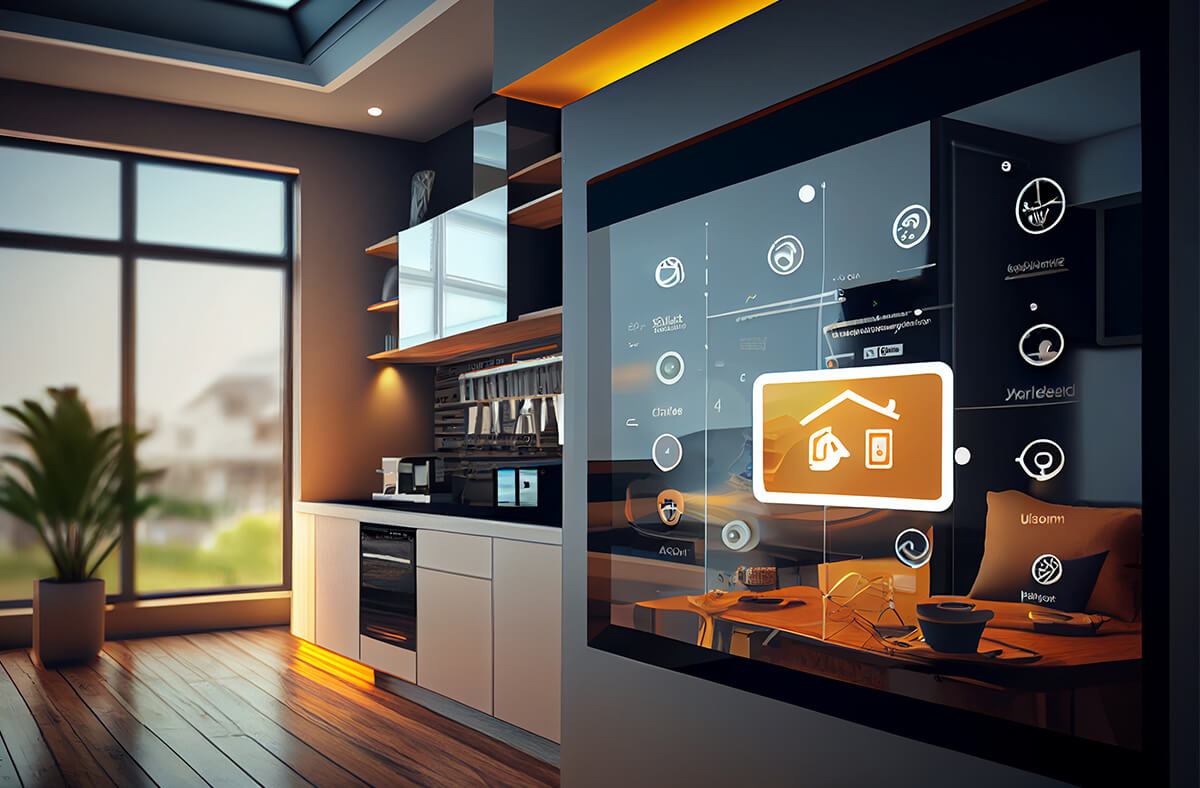Introduction to wearable technology
Wearable technology is revolutionizing the way we approach fitness and health. Gone are the days of guessing your steps or manually tracking your heart rate. Today, sophisticated devices like fitness trackers and smartwatches provide real-time monitoring of our physical activity and overall well-being. These gadgets have become essential companions for anyone looking to lead a healthier lifestyle.
As technology continues to advance, the line between fashion and functionality blurs even further. From sleek designs to cutting-edge features, wearable tech has transformed into an integral part of our daily lives. Whether you’re training for a marathon or simply aiming to increase your daily movement, these tools offer invaluable insights that can help propel you toward your goals.
Join us as we explore the evolution of fitness trackers, delve into the fascinating world of smartwatches with health-monitoring capabilities, and uncover how these innovations can enhance both your fitness journey and everyday life.

The evolution of fitness trackers
Fitness trackers have come a long way since their inception. Early models were simple pedometers, counting steps without any bells and whistles.
As technology advanced, so did these devices. Heart rate monitoring made an appearance, allowing users to track intensity levels during workouts. This feature transformed how people approached fitness.
The introduction of GPS tracking further revolutionized the scene. Runners and cyclists could now map their routes and monitor distances traveled with precision.
Smartphone integration became crucial in this evolution. Syncing data with apps allowed for more comprehensive health insights, making it easier to set goals and track progress in real time.
Today’s fitness trackers are sophisticated pieces of wearable technology. They not only monitor physical activity but also provide valuable information on sleep patterns, stress levels, and overall wellness metrics. The journey from basic step counters to multi-functional health monitors is fascinating.
How smartwatches have incorporated health monitoring features
Smartwatches have evolved far beyond their initial purpose of simply telling time. Today, they serve as mini health hubs right on your wrist. Features like heart rate monitoring and sleep tracking are standard, allowing users to keep an eye on their overall wellness effortlessly.
Many models now include advanced sensors that can track blood oxygen levels and even stress levels through heart rate variability. These metrics offer valuable insights into how the body responds to daily activities.
Moreover, integration with fitness apps enhances data analysis. Users can set personalized goals and receive real-time feedback during workouts, making it easier to stay motivated.
Notifications for irregular heart rhythms or potential health issues provide peace of mind by keeping you informed about your body’s status throughout the day. The combination of convenience and technology makes smartwatches indispensable tools in personal health management today.

Benefits of using wearable technology for fitness and health tracking
Wearable technology has transformed the way we approach fitness and health. With devices like fitness trackers and smartwatches, users gain real-time insights into their physical activity.
These gadgets monitor heart rate, sleep patterns, and calorie expenditure. This data empowers individuals to set realistic goals based on measurable progress.
Additionally, many wearables offer reminders to move or hydrate throughout the day. This keeps motivation high and encourages healthier habits.
Social features enhance accountability as users can connect with friends for friendly challenges. Sharing achievements fosters a supportive community focused on well-being.
Moreover, wearable tech often integrates seamlessly with apps that provide personalized coaching. Tailored suggestions help optimize workouts for better results.
The convenience of having health metrics at your fingertips promotes proactive health management rather than reactive treatments after issues arise.
Comparison of popular fitness trackers and smartwatches on the market
When it comes to fitness trackers, brands like Fitbit and Garmin dominate the scene. Fitbit Charge 5 stands out with its sleek design and robust health monitoring capabilities, including heart rate tracking and sleep analysis. Garmin Forerunner 245 is tailored for runners, boasting GPS functionality that appeals to serious athletes.
On the smartwatch front, Apple Watch Series 8 remains a top choice. Its seamless integration with iOS devices makes it user-friendly while offering advanced health features such as ECG monitoring. Samsung Galaxy Watch 5 competes well too, providing comprehensive fitness data alongside smartphone notifications.
Both categories have their strengths: fitness trackers generally focus more on detailed health metrics, whereas smartwatches offer versatility beyond just tracking workouts. Depending on your lifestyle needs—be it precise monitoring or multifunctionality—choosing between these two can shape your approach to personal wellness effectively.
![]()
Future advancements in wearable technology for health and fitness
The future of wearable technology is set to revolutionize health and fitness monitoring even further. Imagine devices that can predict health issues before they arise, thanks to advanced AI algorithms analyzing user data in real-time.
Wearable tech could soon feature sensors capable of measuring blood sugar levels non-invasively or detecting dehydration through sweat analysis. This would provide users with immediate feedback on their hydration status during workouts.
Integration with augmented reality (AR) might also enhance workout experiences, allowing users to visualize performance metrics while exercising outdoors.
Additionally, advancements in battery technology promise longer-lasting wearables, making it easier for individuals to stay connected without frequent charging interruptions. As these innovations develop, the potential for personalized health insights will empower users like never before.

Potential concerns and limitations of wearable technology
Wearable technology offers impressive benefits, but it’s not without its concerns. Privacy issues loom large as many devices collect sensitive health data. Users may worry about how this information is stored and shared.
Battery life is another limitation. Frequent charging can be a hassle for those relying on continuous monitoring. A dead device means a missed opportunity to track important metrics.
Moreover, accuracy varies between products. Some fitness trackers might not provide precise readings, leading users to question their reliability in health assessment.
Comfort also plays a role; if a device isn’t comfortable, it won’t be worn consistently. This could hinder the effectiveness of tracking efforts over time.
There’s the potential for dependency on these gadgets. Relying solely on technology could overshadow listening to one’s body or professional advice from healthcare providers.

Tips for choosing the right wearable device for your needs
Choosing the right wearable device can feel overwhelming with so many options available. Start by identifying your primary goals. Are you focused on fitness tracking or health monitoring?
Next, consider compatibility with your smartphone. Some devices work seamlessly with specific operating systems, while others offer broader support.
Look at features that matter most to you—heart rate monitoring, GPS functionality, sleep tracking, or activity reminders. Prioritize what aligns best with your lifestyle.
Battery life is another crucial factor. A longer-lasting battery means less downtime and more consistent data collection.
Read user reviews and expert opinions before making a purchase. Real-life experiences can provide insight into performance and usability that specs alone may not reveal.

Incorporating wearable technology into a healthy lifestyle
Incorporating wearable technology into a healthy lifestyle can be both exciting and transformative. Fitness trackers, smartwatches, and health monitoring devices offer real-time insights that empower you to make informed decisions about your well-being.
Start by setting clear fitness goals, whether it’s increasing daily steps or improving sleep quality. With a variety of apps available, syncing your device with nutrition tracking tools can further enhance your health journey.
Integrating these devices into daily routines is straightforward. Wear them during workouts for precise performance data or utilize heart rate monitoring throughout the day to understand how stress affects you physically.
The flexibility of these wearables allows for personalized experiences tailored to individual needs and preferences.
Consistency is key when using wearable technology effectively. Regularly check in on progress through built-in analytics features—this fosters motivation as you witness improvements over time. Joining online communities can also provide support and encouragement from others who share similar health aspirations.

Remember that while wearable technology provides valuable information, it should complement a balanced approach to wellness rather than replace traditional methods like regular exercise and proper nutrition.
By thoughtfully incorporating this innovative technology into everyday life, you’ll not only track progress but also inspire lasting habits that contribute positively to your overall health journey.








